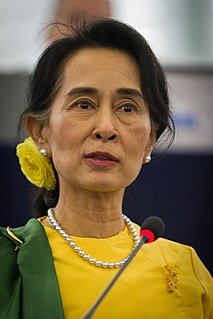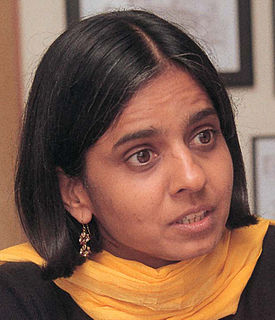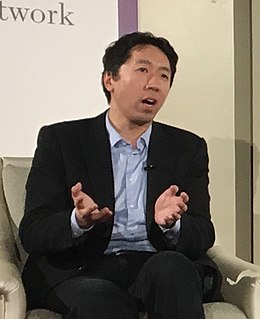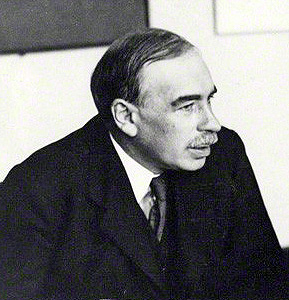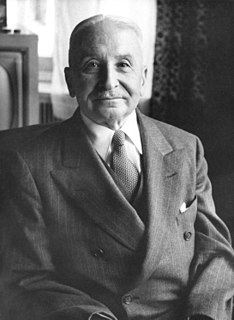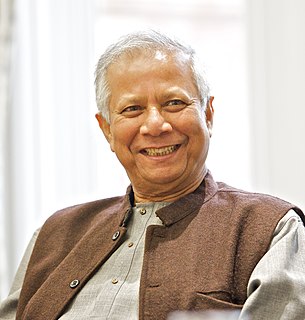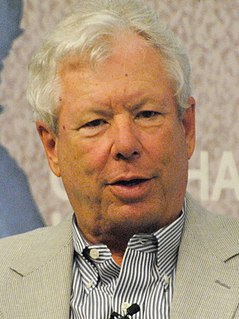A Quote by Angus Deaton
China and India are the success stories; rapid growth in large countries is an engine that can make a colossal dent in world poverty.
Related Quotes
China had never had to deal in a world of countries of approximately equal strength, and so to adjust to such a world, is in itself a profound challenge to China, which now has fourteen countries on its borders, some of which are small, but can project their nationality into China, some of which are large, and historically significant, so that any attempt by Chinese to dominate the world, would involve in a disastrous for the peace of the world.
Globalization and technical change are the guarantee of our future prosperity. And reversing on that will not only make things worse, but it will make things worse for a very large number of people around the world who have benefitted - people in China and India who have been dragged out of the most awful poverty.
?I believe that it is very difficult in the world of today to continue with G-8 only without taking in account the importance of Brazil, China, India, many in the world economy, because these countries are great consumers, large consumers, and we're also becoming great producers, and also because we were better prepared than the rich countries for the nowadays global crisis.
The ratio of boys to girls is bad in three big countries in Asia: China, Vietnam, and India. It's worst in the north of India, where there's horrendous poverty. The number of girls in many of these places is so low that it has social consequences. You get young men without jobs and without women, and this leads to chaos and political danger. But the south of India is very different.
A decade ago, critics suggested biotech crops would not be valuable in the developing world. Now 90 percent of farmers who benefit are resource-poor farmers in developing countries. These helped alleviate 7.7 million subsistence farmers in China, India, South Africa, the Philippines from abject poverty.










